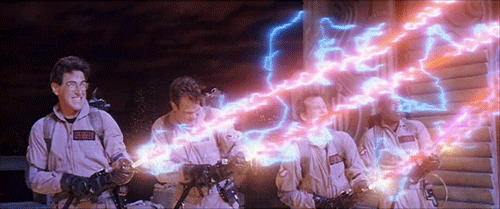Data Visualization

Class Schedule
Class meets on Thursdays from 4 to 7 p.m. Kevin and I will also have weekly online office hours (time TBD).
-
Sept. 5
Internet sausage making basics
Overview of why we’re all here and getting up to speed with github, the terminal, R and node. -
Sept. 12
Basic charts and charting techniques
We'll start adding entries to our chartbook (a real thing) and make basic charts in R and D3. -
Sept. 19
Thinking critically with data
We're going to ask some questions and get some answers. -
Sept. 26
How and why to make maps
When you have spatial information, sometimes it's best to make a map. (And sometimes it's best not to.) We'll discuss best practices and make basic maps in R and D3. -
Oct. 3
Interactive Maps
Last week we made some static maps in R — time to make them dance. -
Oct. 10
Breaking news exercise
You've learned a few techniques by now; today, you'll make your own -
Oct. 17
Thinking like a robot, taming wild data
Skills that will seem pointless now — until you’re in the ring by yourself. -
Oct. 24
Handy
We'll use R's XML package and the Chrome Inspector to help automate the process of getting data. -
Oct. 31
Miscellany
-
Nov. 7
Facing the abyss
You've done some reporting and you finally have your data. Now what? -
Nov. 14
Bostock Visits
-
Nov. 21
Geo data overview
Where to get some shapefiles. -
Dec. 5
Project Lab
-
Dec. 12
Presentations
Overview
This course teaches some of the skills and techniques necessary for displaying statistical information effectively in journalism. Students will scrutinize techniques used in previously published projects and will also analyze data on their own, evaluating and producing static and interactive visualizations using a mix of desktop applications, command-line tools and basic programming, with an emphasis on Excel, R and D3.
Most classes will begin with a short lecture and discussion about a technique or type of data visualization, showing places where it’s useful and not useful, good and bad, and show some recent uses. We will then do an exercise together based on a news event or editorial topic. “A report today says Hispanics will be the majority in California in 2030”, for instance. From here we will discuss, as a class, which approach we think is best and then individually build a visualization.
This will be a very technical course — even the most basic data visualization involves getting down and dirty with your computer, and the best examples usually involve getting pretty dirty.
However, we hope not to get too bogged down in the fiddly bits of the latest technologies in this course. We will cover how to build visualizations for the web, but more importantly, we will focus on data visualization as it applies to journalism — which means asking good questions of datasets, learning how to get answers from them and the best ways to communicate those answers to a general audience.
Basically, if you hate Excel or loathe programming, then maybe this is not the course for you. On the other hand, if you think you’ll get a rush out of answering questions by mapping a million-row dataset and aren't afraid to stretch your brain in some very technical ways, this course will put you on a good path no matter your technical background.
Grading
Homework (25%)
We expect you to post all of your work on a Web site. You should have one index page with links to your assignments. You will be responsible for updating this page. Late homework will not be accepted.
Lab (45%)
Lab sessions are one of the most important aspects of this class. If you need to miss class, you are responsible for obtaining any materials or assignments from one of your classmates.
Critique (5%)
Once during the semester, you will present a brief (5 minutes) critique of a piece of data journalism. What's good about it? What could be improved? This will serve as a chance to see and discuss work that’s being published around the web.
Final project (25%)
At the end of the class, you will produce a piece of explanatory journalism, demonstrating the skills you have learned. The project will primarily consist of written and/or visual work, posted online, and it will also include a brief presentation. More details about the project are here »
Chart forms
We'll keep an index of chart forms we'll work on in class here.
Your Professors
Kevin Quealy — Bald, Minnesotan, talks too much.
Shan Carter — Has hair, Californian, doesn’t talk as much.